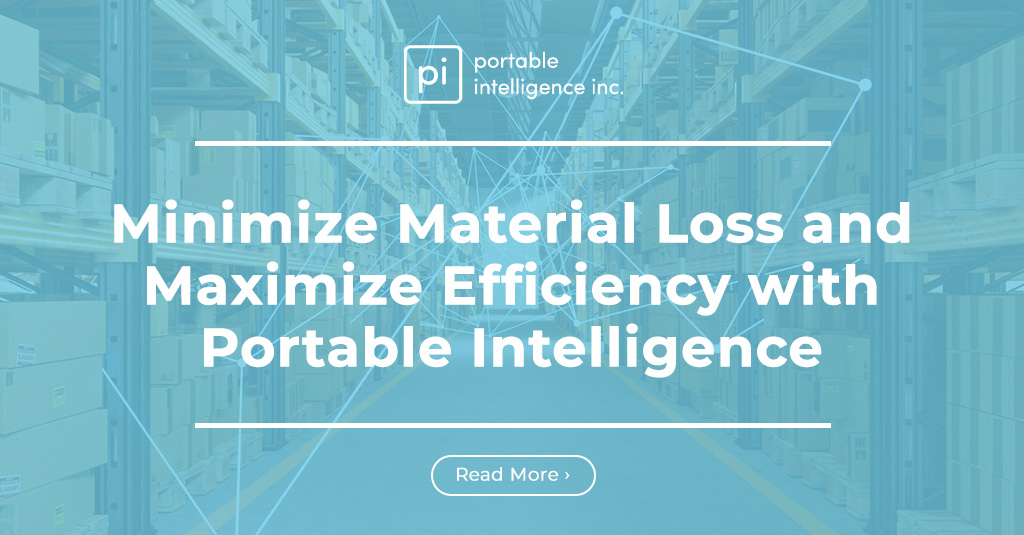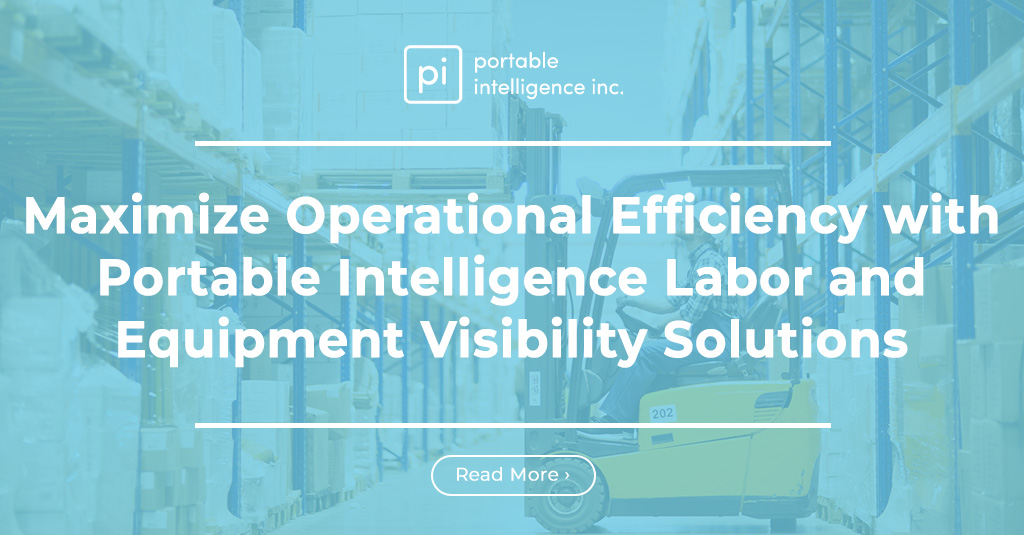Warehouse automation refers to the use of technology and systems to streamline and optimize warehouse operations. The implementation of warehouse automation has become increasingly popular in recent years due to the numerous benefits it offers, including increased efficiency, improved accuracy, reduced labor costs, and enhanced inventory management. With the rapid growth of e-commerce and online retail, the demand for efficient and effective warehouse management has never been higher.
In order to reap the full benefits of warehouse automation, it’s important to have a well-planned and strategic approach. This includes evaluating current warehouse operations, setting specific goals and objectives, evaluating technology options, and developing a plan for implementation and maintenance. In this article, we will guide you through the process of implementing a warehouse automation strategy.
Assessing Your Warehouse:
Before implementing a warehouse automation strategy, it is crucial to understand the current operations of the warehouse. This includes analyzing processes such as receiving, storage, picking, packing, and shipping. By conducting a thorough assessment of your warehouse operations, you can identify areas that need improvement and prioritize areas that will have the greatest impact on overall efficiency.
In addition to evaluating current operations, it is important to assess the technology requirements of your warehouse. This includes considering the types of products and inventory that you handle, the size and layout of your warehouse, and any other unique requirements. Having a clear understanding of your technology needs will help you make informed decisions when selecting and implementing automation solutions.
To determine the best automation solutions for your warehouse, it is also important to consider your budget and available resources. This will help you determine which solutions are feasible and provide the best return on investment. By conducting a comprehensive assessment of your warehouse operations and technology requirements, you will be able to make informed decisions about which automation solutions are best suited for your specific needs.
Defining the Goals and Objectives of Automation
Defining the goals and objectives of automation is a critical step in the implementation process. It helps to establish the desired outcomes and ensure that the automation strategy is aligned with the overall business objectives. When defining the goals and objectives of automation, it is important to consider both the immediate and long-term benefits.
- Improving efficiency and productivity is one of the most common goals of warehouse automation. Automation technology can streamline processes, reduce manual labor, and minimize downtime. For example, automating the inventory management process can help to reduce errors and increase accuracy, which can result in better utilization of resources and improved lead times.
- Enhancing accuracy and reducing errors is another important objective of warehouse automation. Automated processes are less prone to errors than manual processes, which can help to minimize the risk of misplacing inventory, incorrect shipments, and customer complaints. This can result in improved customer satisfaction and increased trust in the business.
- Increasing visibility and traceability is another objective of warehouse automation. Automated systems can provide real-time information on inventory levels, order status, and shipment tracking. This can help to improve decision making and provide a more transparent view of the supply chain. It also enables organizations to respond quickly to unexpected events, such as stock shortages or quality issues.
Choosing the Right Automation Technology
Choosing the right automation technology is a crucial step in implementing a successful warehouse automation strategy. With so many options available, it can be difficult to determine which solution is best for your organization. To make the right choice, it’s important to consider several factors.
- Research and evaluate different solutions is the first step in choosing the right automation technology. It is important to understand the features and capabilities of each solution and determine which one best fits the specific needs of your organization. For example, some solutions may focus on inventory management, while others may prioritize order fulfillment or material handling.
- Consider scalability, compatibility, and future plans is another important factor in choosing the right automation technology. The technology should be able to adapt to the changing needs of the business, and be able to integrate with existing systems. It should also be scalable, so that it can accommodate growth and changing demands over time.
- Assess the impact on the workforce and plan for retraining is another critical aspect of choosing the right automation technology. Automation can significantly impact the workforce, so it is important to understand the potential consequences and plan accordingly. This may involve retraining employees or reassigning them to other tasks.
- Evaluate the return on investment (ROI) is the final factor to consider when choosing the right automation technology. The technology should provide a positive return on investment in a reasonable timeframe, and should also offer long-term benefits that justify the initial investment. It’s important to conduct a thorough financial analysis to determine the potential costs and benefits of each solution.
Implementing the Automation Strategy
Implementing the automation strategy is the next step after choosing the right technology. It is the process of putting the plan into action and bringing the benefits of automation to the warehouse operations. The implementation process requires careful planning and management to ensure success.
- Project management and planning is the first step in implementing the automation strategy. It involves creating a detailed project plan, including timelines, budgets, and responsibilities. This plan should take into account the impact on the workforce, the technology requirements, and the potential risks and challenges.
- Piloting the technology in a controlled environment is another key aspect of the implementation process. This allows organizations to test the technology in a real-world setting and identify any issues or challenges before full-scale deployment. Piloting also provides an opportunity to train the workforce and ensure that everyone is comfortable with the new technology.
- Managing the change with the workforce is a critical aspect of the implementation process. Automation can significantly impact the workforce, so it is important to effectively manage the change and ensure that employees are informed, trained, and supported. This may involve retraining employees, reassigning them to other tasks, or providing support to help them adapt to the new technology.
- Monitoring and refining the automation process is the final step in implementing the automation strategy. This involves regularly reviewing the performance of the technology and making adjustments as needed. It also includes monitoring the impact on the workforce and making changes to improve the overall efficiency and effectiveness of the warehouse operations.
Measuring the Success of the Automation Strategy
- Measuring the success of the automation strategy is essential to determine if the implementation was successful and if the investment was worth it. By measuring the success, organizations can identify areas for improvement and make changes to optimize their automation processes.
- Define key performance indicators (KPIs) is the first step in measuring the success of the automation strategy. KPIs help organizations track and measure the impact of automation on their warehouse operations. Common KPIs include inventory accuracy, order fulfillment time, and labor efficiency.
- Track and analyze data is another important aspect of measuring the success of the automation strategy. This involves collecting data on the KPIs and analyzing it to determine the impact of automation on the warehouse operations. The data should be regularly reviewed and analyzed to ensure that the automation strategy is meeting the goals and objectives set out in the plan.
- Compare to industry benchmarks is another important factor in measuring the success of the automation strategy. Organizations should compare their KPIs and performance data to industry benchmarks to determine if they are outperforming or underperforming compared to other companies in the same industry.
- Solicit feedback from employees and customers is the final aspect of measuring the success of the automation strategy. Employee feedback can provide valuable insight into the impact of automation on the workforce, while customer feedback can help organizations determine if the automation strategy is meeting the needs of their customers.
Measuring the success of the automation strategy is essential to ensure that the investment was worth it and to identify areas for improvement. By tracking key performance indicators, analyzing data, comparing to industry benchmarks, and soliciting feedback from employees and customers, organizations can determine if their automation strategy is meeting their goals and objectives.
In conclusion, a successful automation strategy requires careful planning, implementation, and measurement to ensure that the benefits of automation are realized in the warehouse operations. By following these steps, organizations can achieve their goals and objectives and improve the overall performance and efficiency of their warehouse operations.




